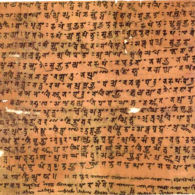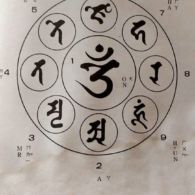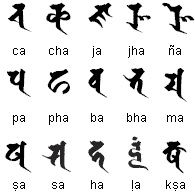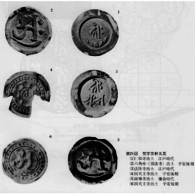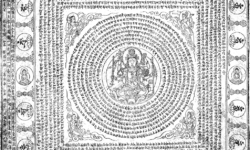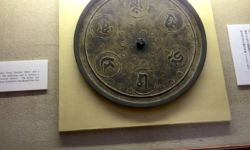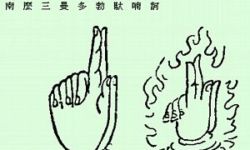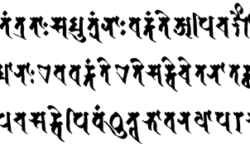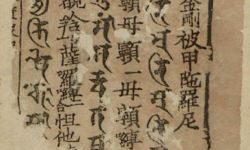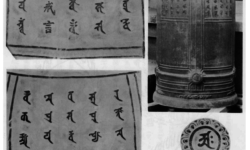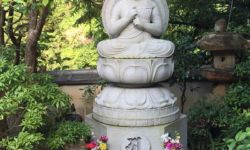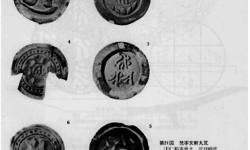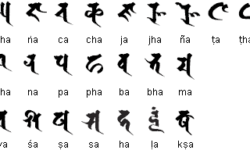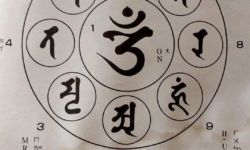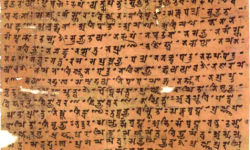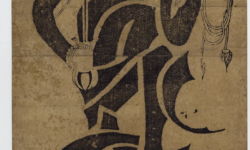Profile
Siddham is an example of how a script can become more and more narrowly used to the point where, instead of being considered on the verge of extinction, its specialized use has given it historical identity and even spiritual value.
Siddham flourished between 600 and 1200, originating somewhere in southern India to write Sanskrit, but spreading along the Silk Road to China, Japan and Korea in the form of Buddhist texts.
The script is still used today in this highly specific context wherever Shingon and Tendai Buddhism are practiced, and revered in Japan even though most people can’t read it.
As Shingon Buddhism has spread, so has Siddham. The Reverend Eijun Bill Eidson explained:
My wife and I are Koyasan Shingon priests with Temples in Fresno, California and Nara, Japan. We actively teach Siddham meditations for use in life.
Most priests learn Siddham as a part of the licensing procedure. It is taught as calligraphy to both priests and lay people. Our students include priests but mostly lay people. We have about 250 teachers who are authorized to teach our system. We developed it based on texts from ancient Japan … We have translated 62,000 pages of Chinese/Japanese text, including 600 pages on the esoteric meanings of Siddham letters. Last week we taught a class on the three universal truths from the perspective of Siddham and next week we are teaching a three-day class for becoming a Siddham teacher. Next weekend we are teaching a class on Kaji (healing) using Siddham syllables from the Mahavairocana Sutra.
He has written in detail about the healing power of meditation on Siddham letters or syllables:
In the practice of Shingon Buddhism, developed by its Japanese founder Kukai (Kobo Daishi) in the early ninth century, one slowly awakens to the realization that one is not separate from anything in either the phenomenal or non-phenomenal universes. The means of achieving this realization are available to the practitioner, who is generally referred to as a priest, in the form of several thousand highly structured individual practices. Shingon, which means “true word” or “mantra,” uses practices involving hundreds of mantras, mudras and visualizations at deepening levels that are revealed as one’s practice matures. At the heart of all of these is the notion of Honzon Kaji, becoming one with the main deity.
Kaji is also held to have healing qualities. In both ancient and modern times, Kaji healing has been performed to assist a person who is ill, by positively affecting their energy system.
Perhaps the most fascinating linkage between language and spiritual beliefs is the Buddhist/Hindu concept of “seed syllables” – that a single syllable is a metaphor for the origin or cause of all things, and, planted in the mind, can be a seed out of which enlightenment may flourish.
You can help support our research, education and advocacy work. Please consider making a donation today.
Links
General Script, Language, and Culture Resources
- Omniglot
- Wikipedia
- Unicode (PDF)
- Learn to Write Siddham Characters
- Visible Mantra Siddham Background
- Scriptsource
- Siddham: An Essay on the History of Sanskrit Studies in China and Japan
